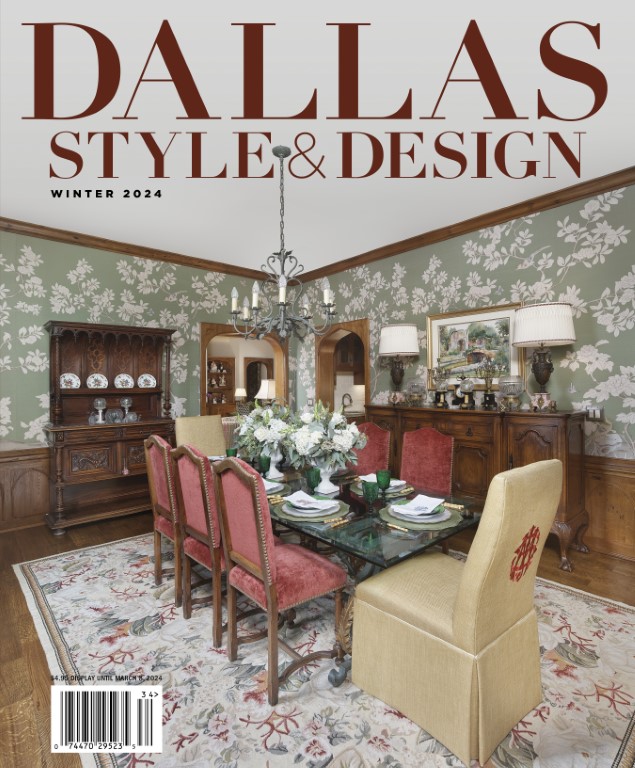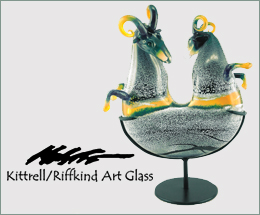If history teaches us anything it is that everything old is eventually new again. One only needs to look at fashion to see the cyclical nature of styles. Furniture design follows similar trends.
The father and daughter team of Pankaj and Rupal Dalal, owner and designer, respectively, of Art of Old India, know the lessons of history well because they surround themselves with the most incredibly beautiful examples of rare, ancient imports from India and East Africa. Inside the 25,000-square-foot showroom and warehouse, you can find the most stunning, intricately handcrafted woodwork on temple doors, ceiling panels, grand columns, furniture, decorative accessories and art. A visit to Art of Old India is a testament to the venerable skills of the old-world craftsmen who created these fine pieces using only hand tools.
“We only place items on the showroom floor if we love them,” says Rupal, who has taken her love for art history and is now creating her own line of timeless furniture.
The first design began when Rupal combined a piece from the warehouse with a classic mother-of-pearl finish to achieve a contemporary look. The result flawlessly integrates old-world craftsmanship and materials into new-world designs.
“I try to do things that are simple and timeless. I like to come up with designs that are going to outlast trends,” says the designer.
When the first pieces of Rupal’s Pearl Collection arrived in the showroom, the designer and her father realized the fresh white furniture needed a clean look in which to be showcased.
The result was to hire designer Neil Stewart to come in and update the look of the showroom. Stewart’s concept was to repaint the walls and floor from the bright, traditional South Asian colors and natural concrete finish to a pure white, providing a clean canvas so the furniture really shines. The contrast between the light walls and floor and the dark teak wood of the antiques, breathed a new life into the old woods and allowed them to truly be featured for all of their beauty and magnificence.
“The change of look in the showroom changed the look of the pieces. Customers who have come in for years see old pieces and do not recognize them,” Rupal says enthusiastically.
Pankaj brought his love for the old-world designs to the Dallas World Trade Center in 1974, but moved in 2004 to the current location in the Design District, opening the doors to the public while still retaining his relationships with the trade. Rupal joined her father in the business after studying art history and graduating with a MBA in finance from SMU in 2011. She knew she wanted to combine her love for art, architecture and design with her business acumen.
“I love working in the showroom with designers,” says Rupal. “It’s always fun to see how they will use our pieces. They are so creative and their ideas are different from what I would have imagined.”
While Rupal and Pankaj work with the trade they are also excited to work with retail customers. “The Design District can sometimes be perceived as very expensive, but our prices are on par with the big box stores. I think people will be surprised,” Rupal notes.
Like the craftsmen who pass down their skills within their families from generation to generation, and create the pieces found in the Art of Old India showroom, this father and daughter are passing along their love for these incredible treasures while also creating new designs and treasures for future families.














